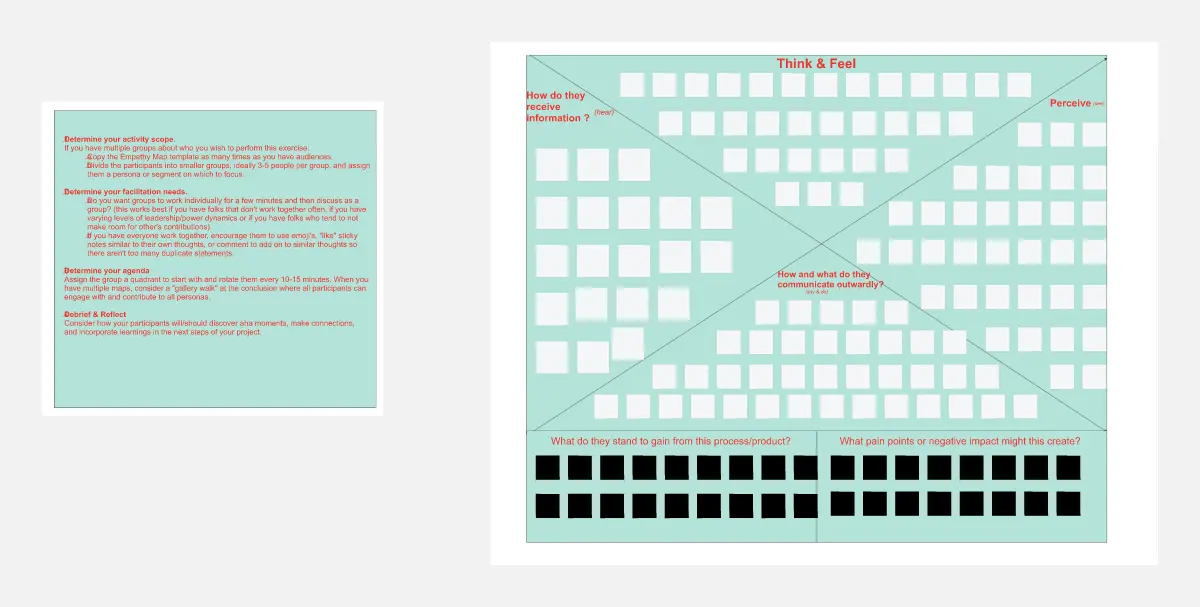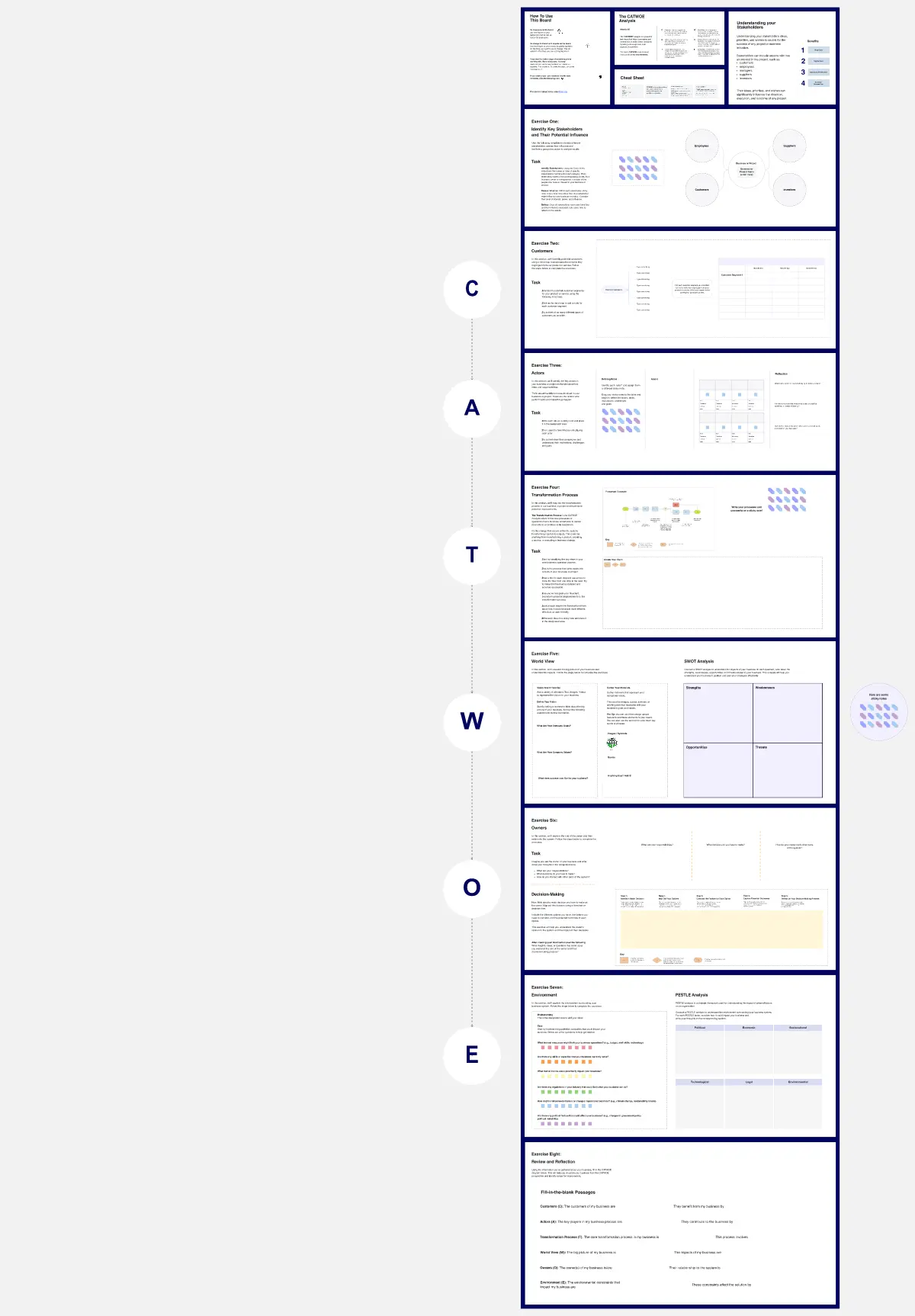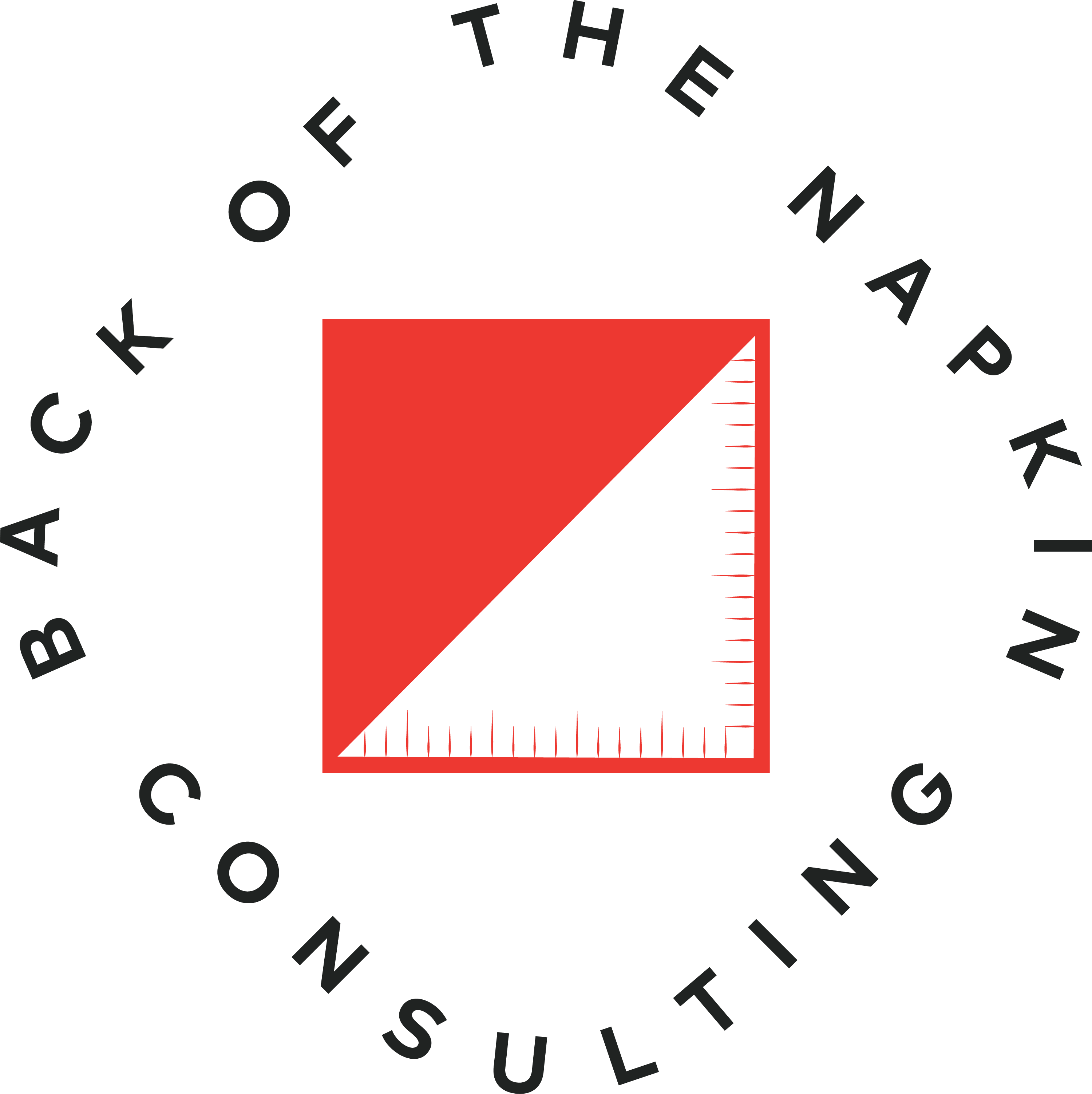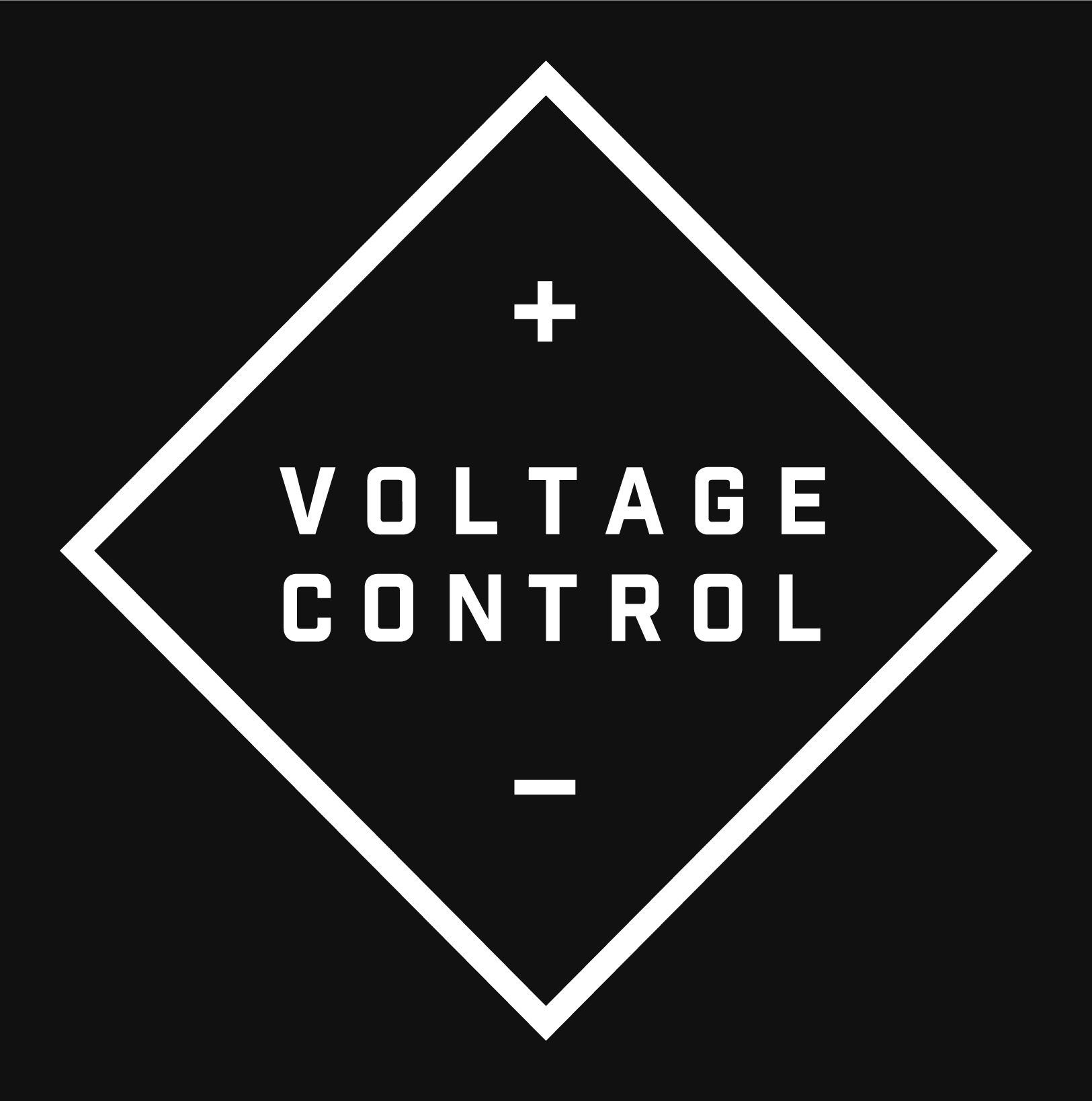Outlining a Business Plan



This comprehensive business plan template includes nine exercises to help you build an effective business plan step by step. A business plan is a written document that outlines your business's goals and how you plan to achieve them. Typically, a business plan serves as a roadmap for your business's future and is essential for attracting investors and lenders.
What is a business plan?
A formal business plan is a document that outlines a company's purpose and goals with a detailed strategy to achieve them. A business plan also includes thorough analyses that communicate the macroeconomic context including threats, opportunities, strengths, and weaknesses to consider when approaching how to build a business and ensure its success.
Components of an effective business plan
Key components of an effective business plan include an executive summary, company description, market analysis, organization and management structure, service or product line, marketing and sales strategy, funding request, and financial projections.
Below are details of what you should include in each of these ten sections:
Executive summary: The executive summary is a brief overview of your business plan, providing a snapshot of your company and outlining your goals and strategies. It's designed to grab the reader's attention and convince them to read the rest of your plan.
Company description: This section provides detailed information about your business, including the nature of your business, the market needs you're addressing, and how your products or services meet these needs. It also includes information about your business's legal structure.
Market analysis: In the market analysis section, you present your research about your industry, your target market, and your competition. It includes details about market size, customer demographics, buying patterns, and the competitive landscape.
Organization and management structure: This section outlines your business's organizational structure and introduces the owners and key team members. It typically includes an organizational chart and details about the ownership structure.
Service or product line: Here, you describe what you're selling or what service you're providing. You detail the benefits of your products or services, how they meet customer needs, and any intellectual property rights, such as patents, copyrights, or trademarks.
Funding request: If you're seeking funding, this section details how much you need, what you will use it for, and the terms you would like. It's designed to convince lenders or investors that investing in your business is a wise choice.
Financial projections: The financial projections section provides an outlook of your business's financial future. It includes forecasted income statements, balance sheets, cash flow statements, and a capital expenditure budget. This section is crucial for demonstrating the financial viability of your business to investors and lenders.
How to write an impressive executive summary for your business plan
Your executive summary is the first section your audience will read, so its important to spend time ensuring it is clear, concise, easy to read and understand, and compelling.
Here’s a step-by-step process for writing a great executive summary:
Begin by brainstorming key values of your business. Use sticky notes to jot down ideas about your mission, vision, product/service, target market, and unique selling proposition.
Next, organize your thoughts. Arrange your sticky notes in a logical order that tells a compelling story about your business. Prioritize your ideas from most to least important, writing the most important values first.
Draft your executive summary. Start writing in the text box provided in the template. Try to keep it concise and compelling. Draft your executive summary in the provided text box, using the key points from the mind map as a guide. Remember to keep it concise and powerful.
Review and refine your executive summary. Read through it and make any necessary revisions. Ask trusted colleagues, friends, or family members for feedback.
Step-by-step guide to using a business plan template
Here’s a guided overview of this template’s exercises to develop your business plan:
1. Create an executive summary
In the first section on the template, you'll draft a brief summary of your business idea, mission, and vision. This should be a concise, powerful overview that captures the essence of your business and its strategic direction. Refer to the steps above.
2. Write your company description
In this section, you'll provide a detailed description of your company. This should include its legal structure, location, and the product or service it offers. Use sticky notes to jot down the key points you want to include in your company description.
Arrange your sticky notes in a logical order that provides a clear and comprehensive picture of your business. Draft your company description using the provided text box. Be detailed and specific. Review and refine your company description as needed.
3. Describe your business' organizational and management structure
Use the provided chart to visualize your organizational structure. Then, assign ownership over the core pillars of your business and write a description of the owners’ roles and their stakes.
Describe your management team and write a brief profile of each member. Then, add a detailed description of your staffing plans. For each department or role, think about the resources you have available for hiring. Do you plan to use a recruitment agency? Will you advertise the positions yourself? Are there specific job boards or networks you plan to use?
4. Perform a Market Analysis
In this section, you'll provide a detailed analysis of your target market. This should include information about your industry, target customers, competitors, and market trends. A SWOT analysis is a strategic planning tool used to evaluate the Strengths, Weaknesses, Opportunities, and Threats involved in a project or a business.
5. Describe your service or product line
Detail your service or product and its features. Explain how it benefits your target audience, including the product lifecycle and intellectual property rights.
6. Outline your marketing and sales strategy
In this section, outline your approach to market positioning, promotion, sales process, and customer retention using the following frameworks:
A Market Positioning Map helps entrepreneurs identify market gaps, understand their competitive advantage, and strategize product differentiation.
A Promotion Strategy outlines the tactics a business uses to reach its target audience, such as advertising or social media.
A Sales Strategy Process is the step-by-step approach a business takes to sell its product, from lead generation to closing the sale.
7. Develop Your Funding Request
A funding request is a formal appeal made by a business or entrepreneur seeking financial resources from investors, financial institutions, or grant bodies. This request typically outlines the amount of money needed, the purpose for which it will be used, and the means of repayment or return on investment for investors. For a business or an entrepreneur, strategically tackling funding requests is crucial for maximizing Return on Investment (ROI) and facilitating business growth.
Create a visual representation of how your funding will be used. This could be a pie chart, bar graph, or other visual that clearly shows the allocation of funds.
8. Include Financial Projections
Financial projections are estimates of a company's future financial performance, typically covering aspects such as revenue, expenses, cash flow, and profitability over a specified future period. Create a set of financial projections that show your expected revenue, costs, and profitability over the next three to five years.
Preparing accurate and realistic financial projections aids in strategic planning by providing a roadmap for the company's growth, helping to identify potential risks and opportunities. These projections are also an essential part of funding requests, as investors and lenders rely on them to evaluate the financial viability and potential return on investment of the business.
Categories
Similar templates






Comments
Read our Community Guidelines and Terms of Use.